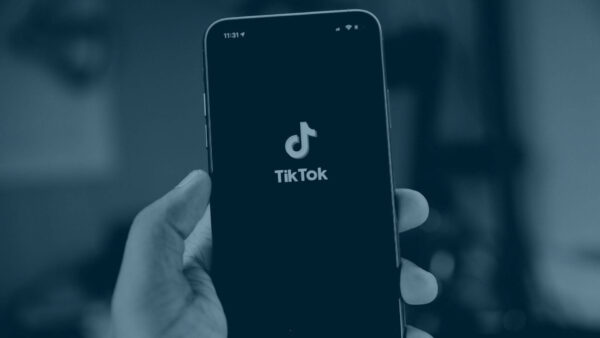
Two Simple Questions for Higher Conversion Rates in Automotive Inbound Marketing
Do you know who your customers are? You should.
At the foundation of automotive inbound marketing is lead nurturing, and that all begins with getting your customers to introduce themselves. That’s called conversion.
If you’ve been at this automotive digital marketing thing awhile, you should already have calls to action (CTAs), landing pages, comparison pages, and forms on your website . . . so why aren’t your site visitors converting?
Probably because the answer to one of two surprisingly simple questions is no.
Go through your website with fresh eyes, asking these two questions, and you’ll have your website conversion rates up in no time.
1. Can Your Visitors Convert?
Have you provided an easy-to-follow path to conversion for your visitors, or are they arriving at dead ends on your dealership’s website?
To ensure users can convert on your website, take an audit of your content. Focus first on high-traffic pages and vehicle detail pages (VDPs).
Ensure there are visible CTAs that speak to the people who are actually visiting those pages. Your CTAs should align with your visitors’ needs.
A lead looking at a comparison page for two SUVs probably wants to know more about SUVs, not cars or service. A customer reading about winter tires probably wants to make a service appointment, not schedule a test drive or learn more about used trucks.
You should also pay attention to where your contacts are in their buyer’s journey. Visitors to your home page from paid search are less likely to convert, so design corresponding content and CTAs for people early in their buyer’s journey.
Meanwhile, organic and direct traffic have higher conversion rates, so design that sort of content for people further down the sales funnel.
2. Should Your Visitors Convert?
In exchange for their information, are you offering your visitors something that is valuable to them?
Customers on your website are looking for specific information. Every landing page you create needs to have a purpose; it should solve a specific problem or answer a particular question. When describing your offer, you need to convince visitors that their solution is on the other side of that form.
Will this car suit my family? Why is your service department the best place for me to take my car? Do I need winter tires? How do I take care of my tires?
But don’t try to answer every question at once. There’s no perfect landing page for every occasion. In fact, the more focused your landing page is — and the more landing pages you have — the better your conversion rates will be.
According to HubSpot:
Our recent study of over 7,000 customers unveiled that companies see a 55% increase in leads when increasing their number of landing pages from 10 to 15, and the leads index number spikes even more when a company has 40 or more landing pages on their website.
How to Create Convertible Landing Pages
You’ve taken care to give your customers a clear path to conversion from any page on your dealership’s website — now don’t lose them!
The average human transient attention span is around eight seconds. Focused attention only lasts about five minutes. You need to get your visitors’ attention, answer their questions, and close the deal quickly. Use the smallest amount of content possible to reach your goals.
Be sure you don’t give visitors a path to distraction, or you could lose them and be forced to start all over again.
 Remove anything that isn’t necessary from your landing page. Get rid of your site navigation, cut headers and footers to the bare minimum, and don’t include any additional CTAs. Save those additional CTAs for thank-you pages, where your focus is to drive them further down the sales funnel.
Remove anything that isn’t necessary from your landing page. Get rid of your site navigation, cut headers and footers to the bare minimum, and don’t include any additional CTAs. Save those additional CTAs for thank-you pages, where your focus is to drive them further down the sales funnel.
Your website isn’t a billboard. It should be an intuitive path, guiding people from visitor to customer. Lead tracking and nurturing is the heart of this journey — it’s what sets inbound marketing apart from traditional outbound marketing.
Get started today with our free guide to Lead Tracking for Auto Dealers!





